The Spomenik were a series of memorial monuments commissioned by Marshal Tito during his rule of the Former Yugoslavia to honour its Partisan resistance against Nazi occupation and oppression during the Second World War.
Envisioning a diverse utopian society, Tito saw these brutalist monoliths as symbols of progressive optimism and unity. For their third album, Manchester duo UNE have been inspired by these concrete and steel relics from The Cold War, reflecting the tensions of the era when Eastern and Western Europe were divided by an Iron Curtain.
Comprising of BBC broadcaster Mark Radcliffe and producer Paul Langley, UNE have presented ‘Spomenik’ as a seamless listening experience, with each track is inspired by a specific location. But while the music celebrates the new hope that was signalled by these beacons of post-war modernism, the period’s chilling spectre of possible nuclear Armageddon is also very much is evident, with the knowledge that Tito’s vision would crumble after his death and lead to a horrific civil war.
UNE’s Mark Radcliffe answered some questions from ELECTRICITYCLUB.CO.UK about the making of their ‘Spomenik’ opus plus some insight into its musical influences…
The pair of you first bonded over Factory Records and Manchester City?
Man City first as I recall. Then dogs. We got on to music after that.
Do you have any memories of that Denis Law back heel goal for City at Old Trafford in 1974 that effectively put United into Division 2? 😉
Well, which City fan doesn’t remember that? I do try and be grown-up about football and not get too bogged down by vicious rivalry, but there is no better news on a Saturday than City have won and United have lost. That, more or less, never used to happen, but rather marvellously it’s quite a regular occurrence now. Which clearly is a delightful state of affairs.
Coming from the Manchester music scene, there are probably too many names to mention, but which characters did you have the closest affinity to in this community? And were there any who you didn’t get on with, or found difficult?
Paul and I are ten years apart age-wise, so we come from different eras of Manc sound. I was there right at the beginning of Factory and so really forged a bond with Tony Wilson and the fabulously empowering mantra he spread of us being able to do it all ourselves in Manchester, without waiting for permission from someone in London. I’ve known Bernard, Stephen and Hooky quite well for a good number of years and in recent times have enjoyed convivial walks at country parks with Johnny Marr.
Paul was really close to the Hacienda mob – Mike Pickering and all those guys – as his brother Bobby was a DJ there. In fact the only Manc scene people I’ve ever found difficult have been the Langley brothers; who are right pains-in-the-arse.
Was electronic music a natural forte for you both as a means of expression?
Very much so. As an avid Bowie fan, his experiments with Eno were key for me. Also KRAFTWERK and TANGERINE DREAM, of course. Plus people like John Foxx and his ‘Metamatic’ album were a big influence. I loved the idea that pop music didn’t have to have drums and guitars in it. I guess THE HUMAN LEAGUE also alerted me to that possibility.
For Paul, it was the beats of people like Afrika Bambaataa and the influence of Gary Numan, especially. That was the first gig he saw, aged 11 (Paul – not Gary).
How would you describe the creative dynamic between you both in UNE?
We work separately most of the time. I will find a concept that will inform the aesthetic and sound of the whole album. Next I’ll think of some titles and start on the words. Then I’ll talk to Paul about the idea, send him some titles and maybe some pictures, and he’ll start on musical sketches.
He’ll then send them back to me and I’ll find lead vocal and instrumental lines over the top. We’ll probably finally get together to edit it into the shape of a song.
Of your music to date on your first two albums ‘Lost’ and ‘Deux’, some of it has been very club-influenced while other material has featured people as diverse as punk poet John Cooper-Clarke and Gary Kemp of SPANDAU BALLET…
I guess so, which would be down to Paul’s influences, but there are also ambient leaning tracks like ‘Boketto’, ‘Ubuntu’ and ‘Ultraglitch’ which are much more like tone poems or mood pieces. The guests and outside contributors just seemed to work for those tracks, but ‘Spomenik’ was just the two of us. We felt we’d done ‘lush’ and wanted to go ‘stark’.
‘Spomenik’ is mostly instrumental in concept, had you intended to use less vocals for this album or did the monument theme dictate that first?
There are eight main tracks on ‘Spomenik’, of which four have vocals. We did always intend this to be a more instrumental record, but clipped vocals in a telephone quality like vintage radio broadcasts were always going to be part of it. We wanted it to sound mysterious and crackly like an old radio programme from behind the Iron Curtain, or something.
The songs were basically written by me with my old Yamaha DJX which I got down from the loft during the second lockdown, and those compositions just came so quickly. I demoed them on my phone before sending them to Paul to embellish and polish. The instrumentals were more Paul’s doing, except for ‘Nis’, which was my attempt at Bowie’s ‘Subterraneans’. The brutalist concrete structures of the Spomeniks very much dictated the sound though.
How did you become fascinated by these ‘Spomenik’ in the Former Yugoslavia?
I just saw a picture of Podgarić and thought “what the hell is that”? Once you go down that rabbit hole, this strange world opens up. They present an amazing concept, carried out on such a huge scale across the Balkans. They are war memorials but also signposts to a bright and optimistic future in Yugoslavia that kind of never came. That designs like that could be approved and built by local committees in such great numbers is incredible.
Why do you think that whole Cold War era still holds a fascination for filmmakers, photographers, artists and musicians alike?
I think because it presents a moody, shadowy world of secrets, mysteries and enigmatic presences. It’s like a world we knew so little of that almost seemed to be a parallel universe to the one we, or our forebears, inhabited. No one was quite sure what was going on and who knew what about whom – and so that seems like fertile ground for imagination and creativity.
Where were the fanfares that start and end ‘Spomenik’ sourced from?
I wrote those on my DJX. They’re both the same actually and that was the first thing I wrote for the album. I always wanted it to be like a jingle or something from an obscure radio station on the other side of the Berlin Wall.
‘Podgarić’ sounds like it could be from OMD’s ‘Dazzle Ships’…
We love OMD, so thank you. I was actually trying to write my ‘Europe Endless’. I failed obviously as that is one of the greatest pieces of electronic music ever composed. What I love about classic KRAFTWERK is the simplicity and yet ear-worm nature of their melodies. They sound simultaneously retro and futuristic, even now, like someone has just composed them. But they also have the feeling that they could have been around for a hundred years.
‘Kadinjača’ really captures the paranoia of the era of Protect & Survive?
It is a very unsettling track and that’s because it has lots of wrong notes in it. We did the overdubs for that on my kitchen table and I played one of the keyboard parts with the backs of my hands so I wasn’t following the chords Paul had already laid down.
What inspired the spacier moods of ‘Ostra’, ‘Niš’ and ‘Barutana’?
Really just the starkness and mystery of the monuments themselves. Most of them are located in quite barren and isolated spots. So we wanted those tracks to have a sort of widescreen, windswept alien landscape feel to them. ‘Niš’ is the really brutal one, whereas the others have a slightly more reflective quality.
‘Kosmaj’ is much sparser with a gentle cacophony of electronics, perhaps the most KRAFTWERK sounding piece on ‘Spomenik’. What are your own favourite tracks by the Düsseldorf pioneers?
Yes. Well, all of it really. All of ‘Trans-Europe Express’ and ‘The Man Machine’ in particular, but probably sonically the biggest influence in our minds doing this was the pre-remix version of the ‘Radio-Activity’ album. The sinister starkness of that was very much front and centre in our thinking.
‘Tjentište’ is inherently gloomy too and syncs in with these strange times we are living in now. Had the lockdown resonated in your approach to the music of ‘Spomenik’?
That one sounds a bit DEPECHE MODE to me. It wasn’t intended to reflect lockdown really – it just happened that we had time on our hands like everyone else and so just got on with it. I couldn’t say that we intentionally tried to make it more widely relevant than the core subject matter. Although, looking at it now, there is the sense of an uncertain future pervading the record and of course, we’ve all had to get used to that idea: that the future we foresaw might not actually materialise in quite the same way.
You chose to release ‘Spomenik’ via the boutique label Spun Out Of Control, how did they become involved?
Gavin from Spun Out Of Control had sent me some records and I loved the look of them and the care he’d taken in every aspect of their presentation. When I listened, I found there was a lot of stuff I liked; ‘The Sunset City’ by TURQUOISE MOON in particular.
I played some of that on my radio show and our friendship grew from there and so when we had this new concept, Gavin seemed the obvious person to talk to. I love what he’s doing; his meticulous attention to detail and the fact that the albums are limited editions often collected by label completists. Which meant we were guaranteed to sell a few at least.
Have you had the opportunity to present the ‘Spomenik’ material live?
‘Podgarić’ is an ever-present in our set now, but we did play a venue in Manchester called Aatma where we played the whole 38 minutes of ‘Spomenik’ in one continuous chunk, which is how we intended it to be heard. In fact we had two ‘songs’ on the set list that day: the entirety of ‘Spomenik’, plus our thumping electro stomp version of THE RAMONES’ ‘Blitzkrieg Bop’. So the first ‘song’ was 38 minutes long – and the second was two!
What’s next for you, what shape will your next work take?
We’re in the very early stages of an album that may or may not end up being called ‘Whirl’. It’s about things that revolve and was inspired by watching the dance trances of the whirling dervishes. The idea’s spreading out into the orbits of celestial bodies, the astronomer Copernicus, windmills, whirlwinds – and cyclists going round and round a velodrome. Paul played me his first ‘sketch’ the other day and we’re just working out how we want the drums and rhythms to sound at the moment. I’ve written quite a lot of words for it, but I think the mix of instrumental and vocal will be similar to ‘Spomenik’, which will mean a lot of them will have to go eventually. Let’s see.
Oh, and we’re going to try and play a gig at the Saxa Vord Spaceport, right at the top of The Shetland Islands!!
ELECTRICITYCLUB.CO.UK gives it sincerest thanks to Mark Radcliffe
Special thanks to Gavin Stoker at Spun Out Of Control
‘Spomenik’ is released by Spun Out Of Control, available as a silver or permafrost splatter vinyl LP direct from https://spunoutofcontrol.bandcamp.com/
https://www.facebook.com/wereUNE
https://www.instagram.com/weareune/
For more information and history on the Spomeniks of the Former Yugoslavia, please visit https://www.spomenikdatabase.org/
Text and Interview by Chi Ming Lai
27th November 2021

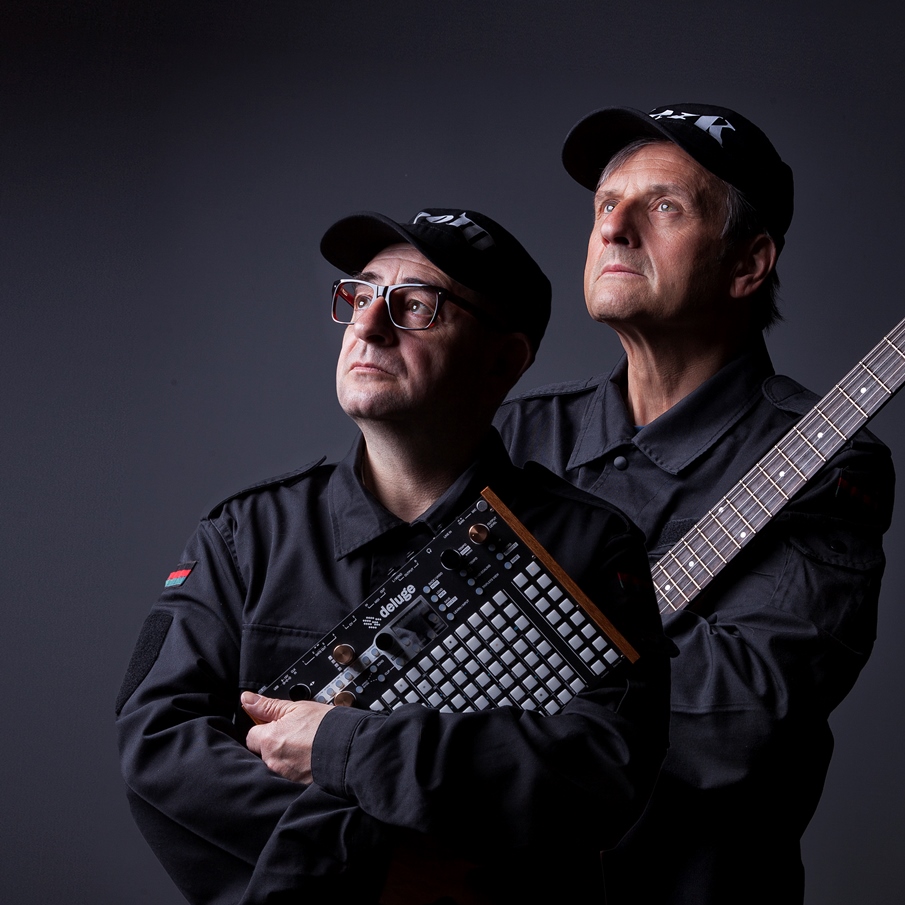
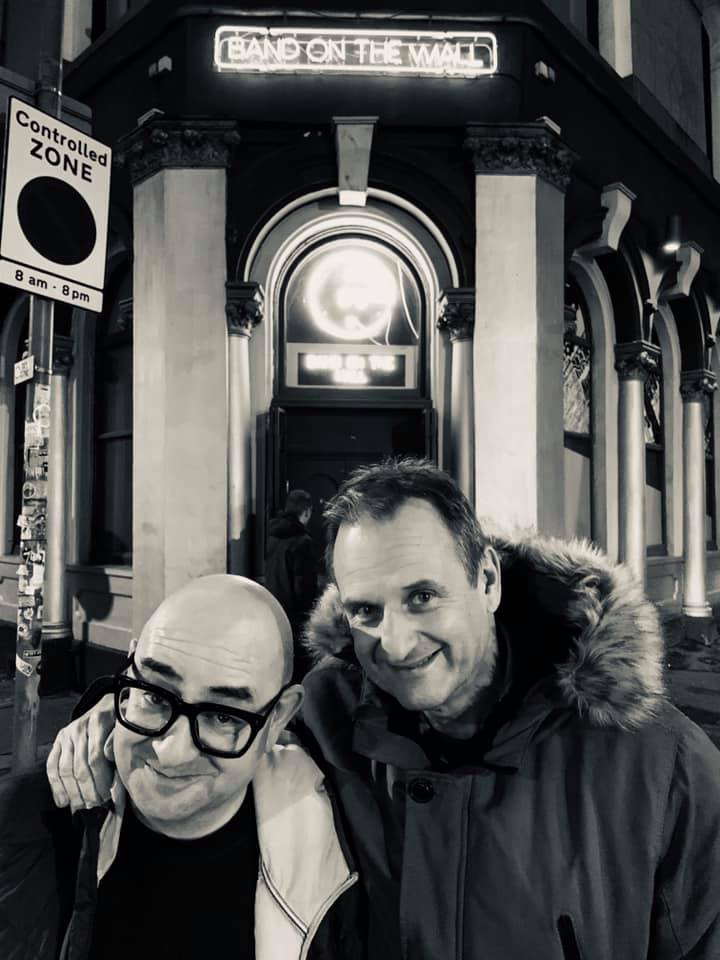
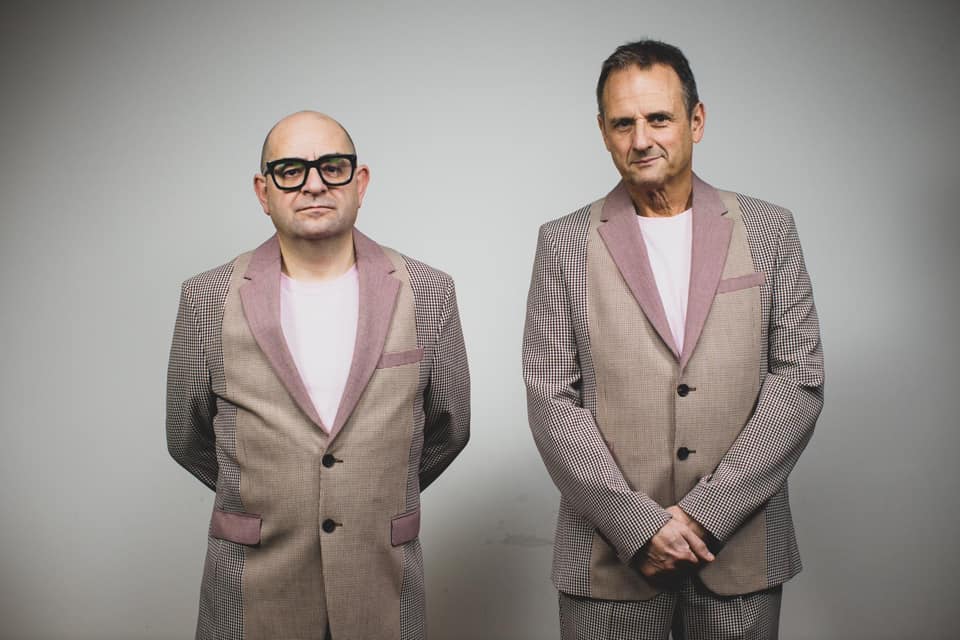
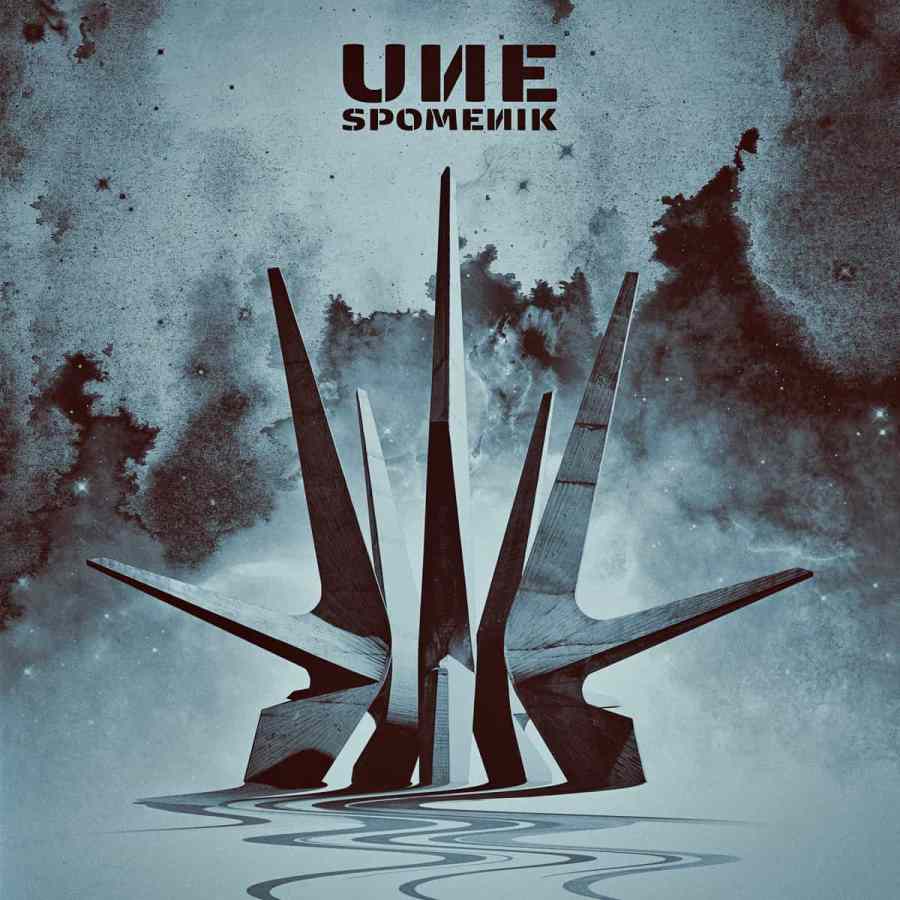
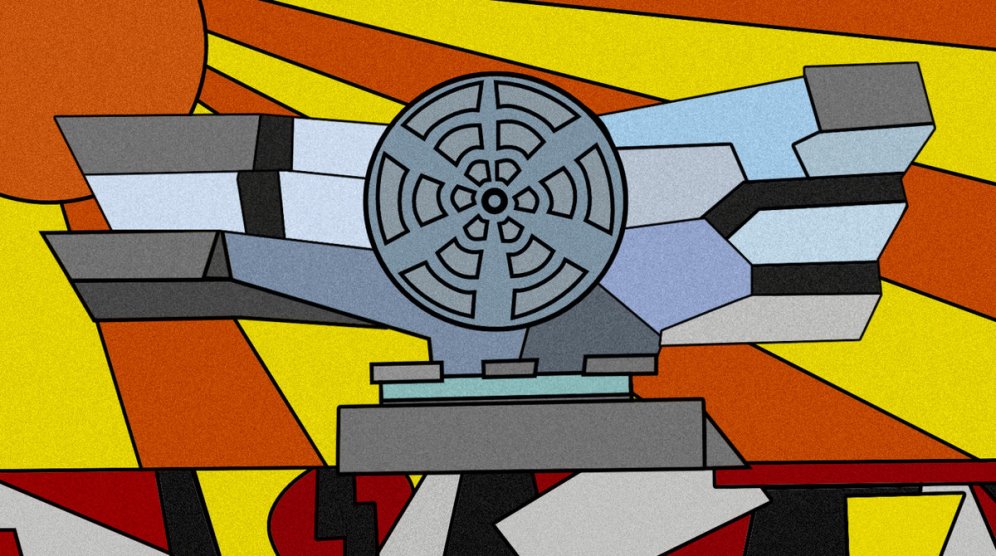
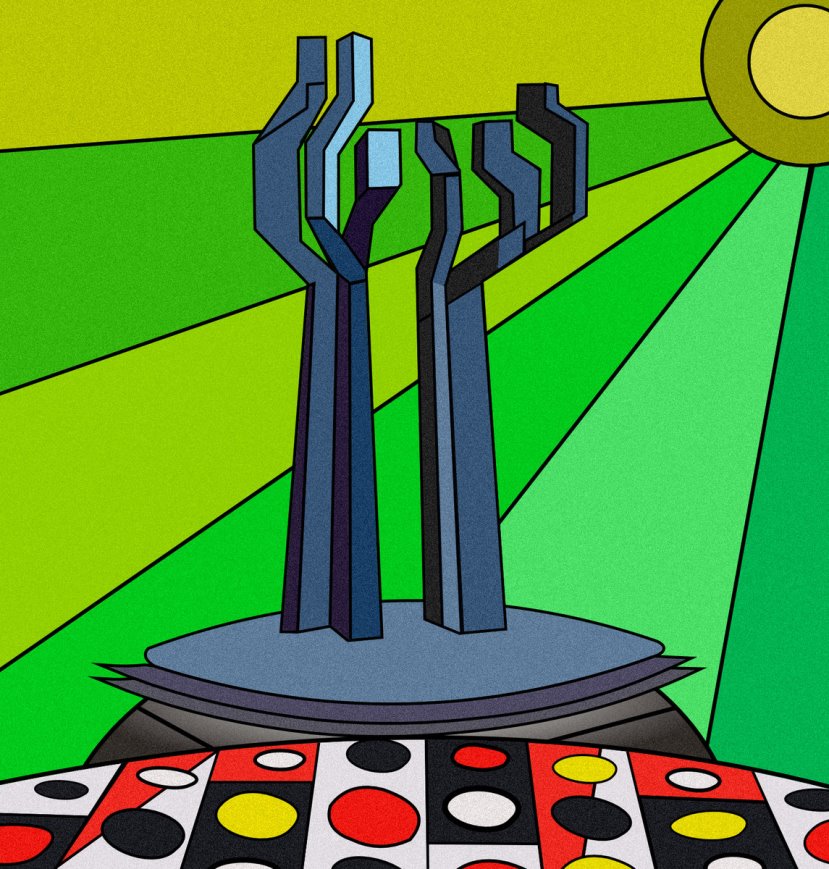
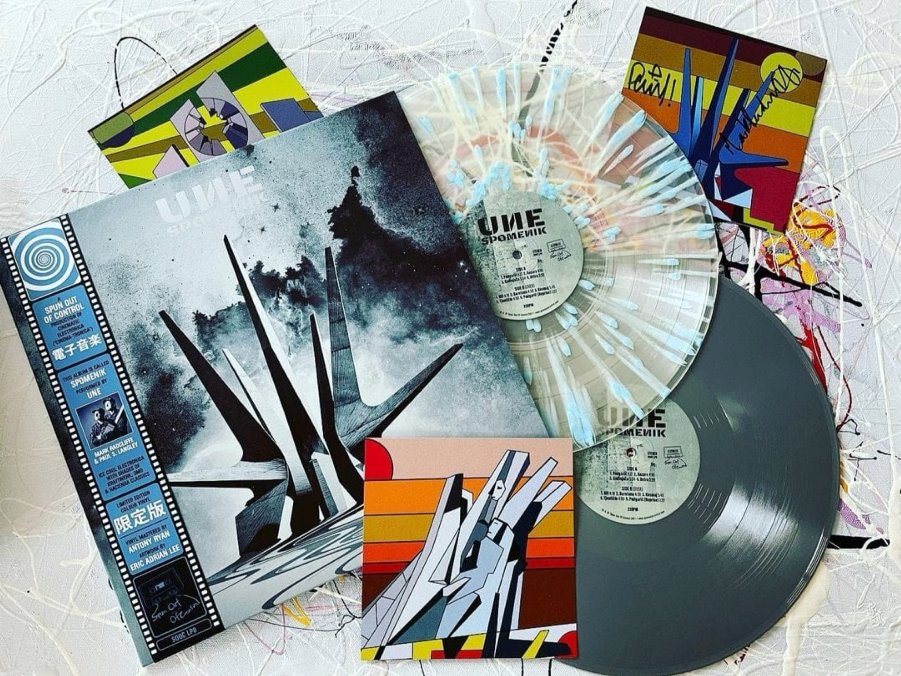
Follow Us!